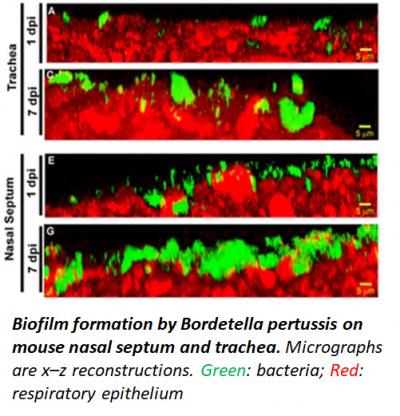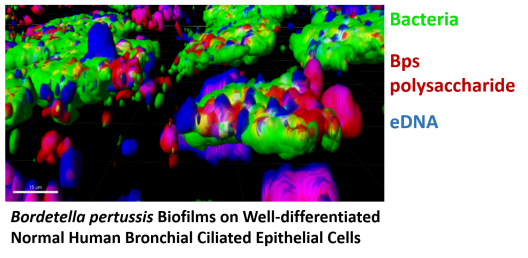
Rajendar Deora
Associate Professor of Microbial Infection & Immunity and Microbiology
782 Biomedical Research Tower
Areas of Expertise
- Functional genomics
- Bacterial biofilms
- Bacterial pathogenesis


Research Interests
SYNOPSIS OF AREA OF INTEREST: Molecular determinants of bacterial pathogenesis and biofilm development; Mouse and Human models of infection; Regulation of gene expression; Host pathogen interactions and Innate and adaptive immunity.
Our research program is focused towards understanding how bacteria cause both acute disease and chronic infections. We use Bordetella pertussis, an obligate human pathogen, as a model bacterium. B. pertussis causes the severe disease pertussis in infants and young children whereas in older children and adults it results in milder symptoms and often leads to the establishment of an asymptomatic carriage state in the nasopharynx. We study both host (innate and adaptive immune components) and microbial factors (with the aid of functional genomics we have identified several new B. pertussis factors) by utilizing in vitro, mice and primary human cells as model systems. We are also attempting to understand how bacterial biofilms-highly structured bacterial communities-contribute to the pathogenesis and persistence of B. pertussis. Majority of bacterial biofilm research is focused on in vitro systems that do not always mimic the host environment. We have developed mouse models of biofilm formation in the respiratory tract. Towards the goal of reproducing the full range of infections and disease in humans, we have successfully grown biofilms on human bronchial and nasal epithelial cells. These primary human cell cultures are polarized, pseudostratified, harbor healthy tight junctions and functionally beating cilia, and produce mucus. We are utilizing these model systems to discover and characterize the factors that contribute to biofilm formation and dissect the structural components of biofilm matrix. By utilizing the information thus gained, we hope to develop better vaccines and biofilm disrupting agents that will ultimately result in the elimination of the disease and carrier state of B. pertussis and other bacteria.
